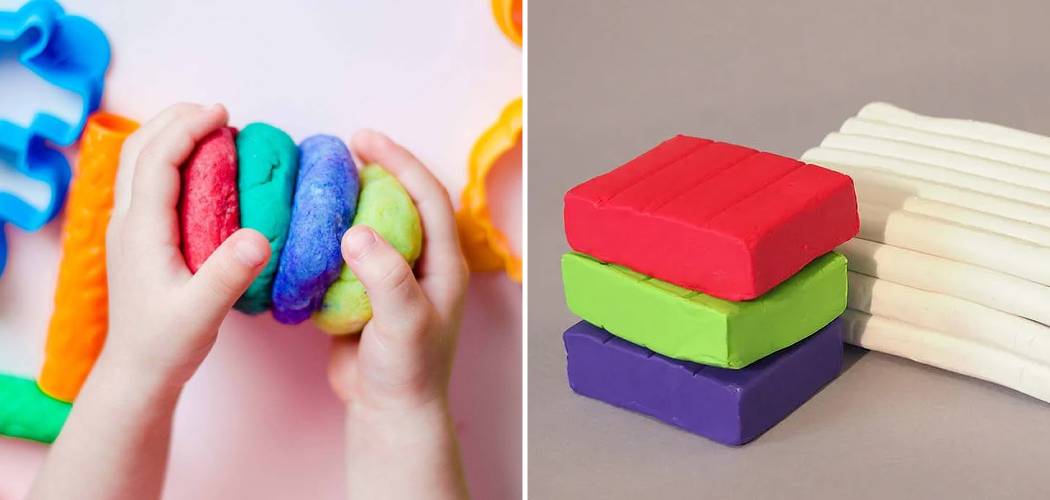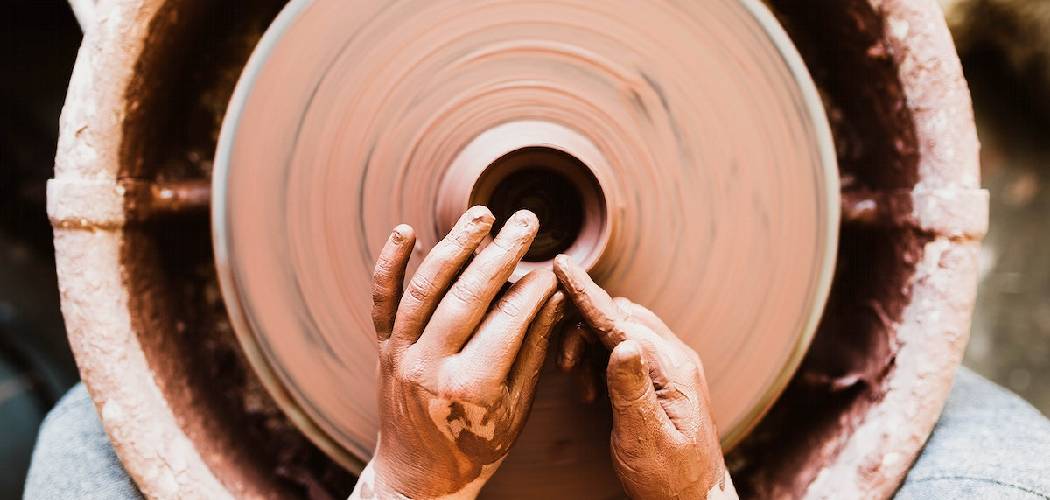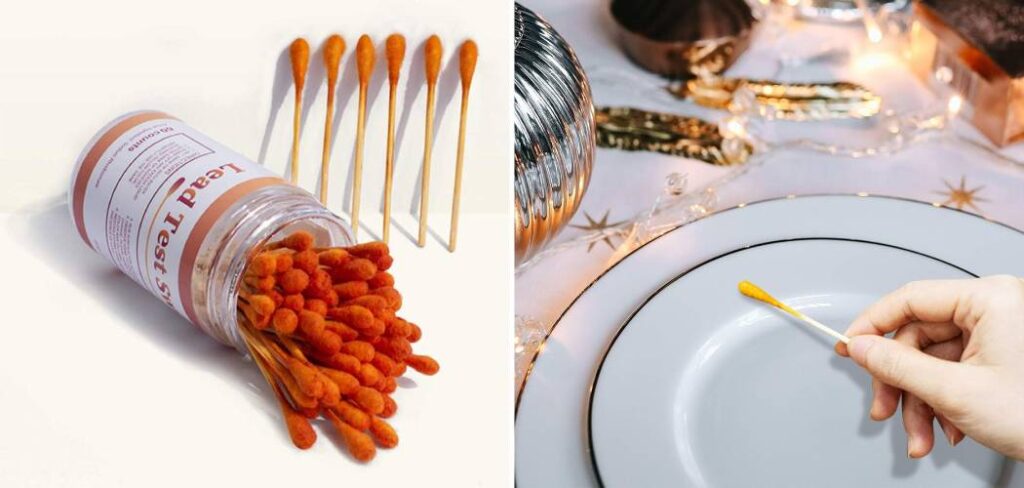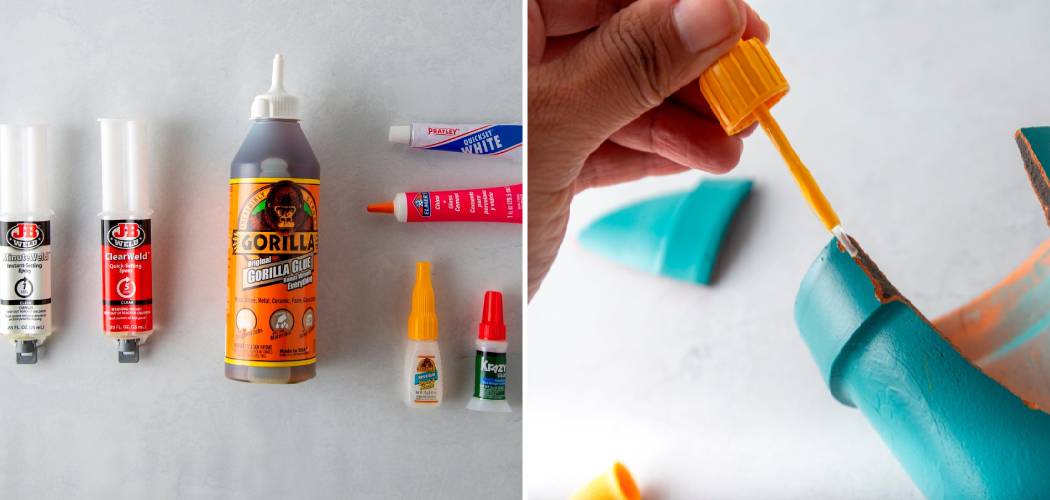Curious about the safety of polymer clay for your crafting projects? In this article, we’ll explore the question: Is polymer clay toxic? Delving into the world of crafting materials, we’ll uncover the truth about the composition of polymer clay and its potential health risks.
From understanding the ingredients used in polymer clay to examining the safety precautions recommended by manufacturers, we’ll provide you with the information you need to make informed decisions about using polymer clay in your projects. Whether you’re a seasoned crafter or new to the world of polymer clay, knowing the facts about its toxicity is essential for ensuring a safe and enjoyable crafting experience. So, let’s dive in and discover the truth about polymer clay safety!
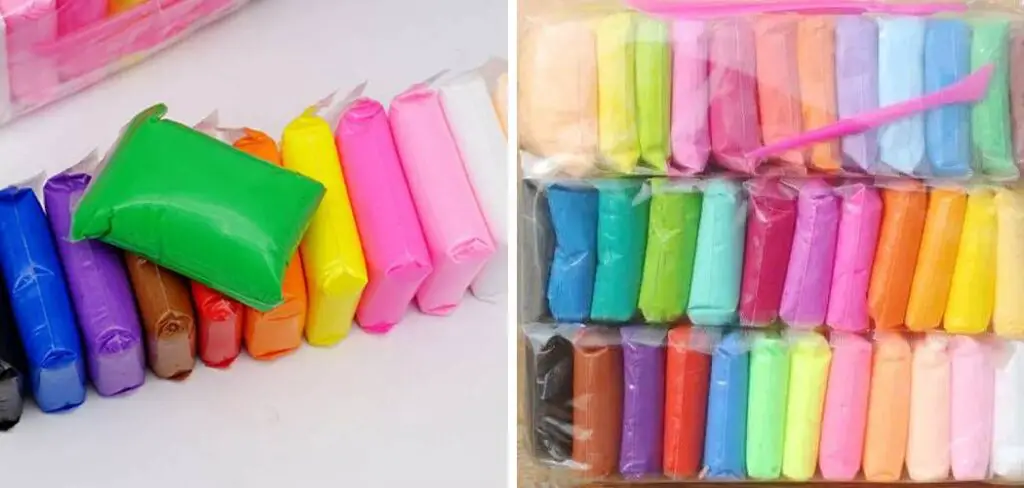
Table of Contents
Is Polymer Clay Toxic?
The question of toxicity concerning polymer clay is one that many crafters and artists are keen to have answered. At its core, polymer clay is composed of polyvinyl chloride (PVC) mixed with a plasticizer, which makes it malleable. When cured properly in an oven, polymer clay becomes hard and retains its shape. While uncured polymer clay can contain components that should not be ingested or inhaled, it is generally considered safe for use according to manufacturer’s instructions.
However, the primary concern arises when polymer clay is baked. During the curing process, it’s essential to ensure that the clay is baked at the correct temperature and for the appropriate amount of time as specified by the product’s instructions. Overheating polymer clay can release fumes that contain hydrochloric acid and dioxins, which are hazardous when inhaled in large quantities or over prolonged periods. Therefore, it is recommended to bake polymer clay in a well-ventilated area or use an oven dedicated to clay-baking purposes to minimize exposure.
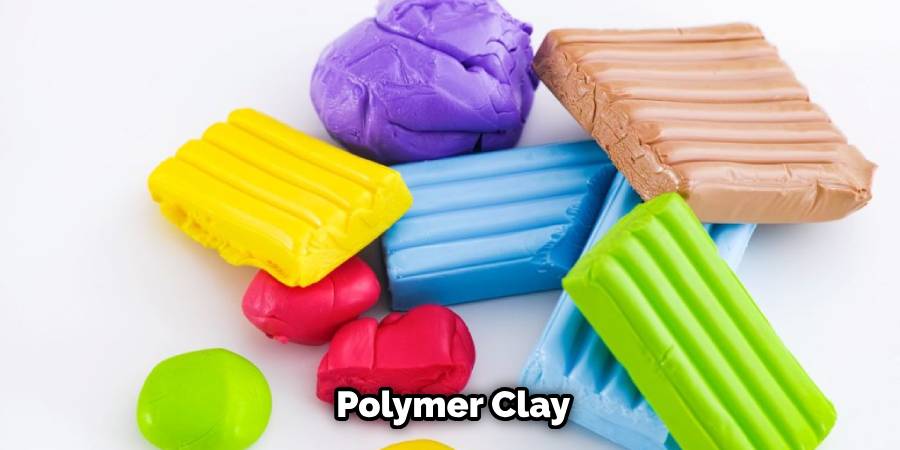
Manufacturers have made significant strides in improving the safety of polymer clay, and many brands now market their products as non-toxic and safe for use by children and adults alike. Nevertheless, it’s wise to practice caution, especially when handling uncured clay, and to follow best practices during the curing process.
Is Polymer Clay Toxic if Ingested by Animals?
The topic of polymer clay toxicity extends beyond its use in crafting to the potential effects on pets and other animals if ingested. Given that polymer clay contains polyvinyl chloride (PVC) and a plasticizer to keep it soft, these components can pose a risk to animals if consumed. While the cured form of polymer clay is less likely to be toxic, the uncured, soft clay can be harmful when ingested, leading to gastrointestinal blockages or toxicity due to the chemical composition.
It’s crucial for pet owners and individuals around animals to keep polymer clay out of reach and ensure that crafting areas are kept clean of small pieces that might be ingested accidentally. In the event that an animal does consume polymer clay, it is important to consult with a veterinarian as soon as possible to assess the need for medical intervention. Safety precautions should always be taken to prevent pets from coming into contact with both cured and uncured polymer clay.
What Happens if You Don’t Bake Polymer Clay?
Leaving polymer clay unbaked results in a piece that remains soft, pliable, and vulnerable to damage. Polymer clay needs to be cured, or baked, to complete its transformation into a durable, hard object. Unbaked polymer clay will not hold its intended shape or detail over time and is susceptible to deformation from pressure or environmental factors.
Additionally, uncured polymer clay can attract dust and lint, compromising the appearance and quality of your creation. It’s also worth noting that polymer clay projects that are meant to have structural integrity or functional purposes, such as jewelry, figurines, or decorative items, must be baked according to the manufacturer’s instructions to achieve the necessary hardness and durability. Failure to do so not only affects the aesthetic appeal but also the viability of the project.
Can You Paint Over-Cured Polymer Clay?
Absolutely, painting over cured polymer clay is not only possible but also a popular method for adding intricate details and vibrant colors to finished projects. Once polymer clay has been properly cured and hardened, its surface can readily accept a variety of paints. Acrylic paints are most commonly used due to their versatility, ease of application, and the wide range of colors available.
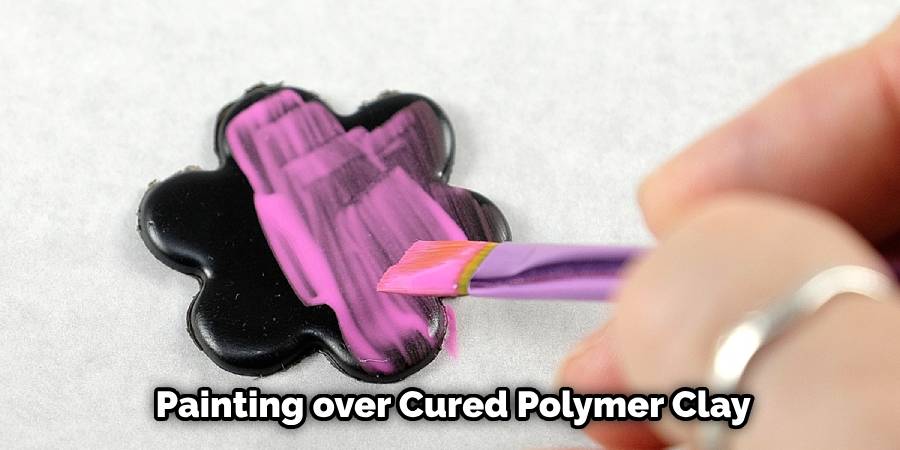
However, it’s essential to ensure that the surface of the polymer clay piece is clean and free from any oils or dust to guarantee good paint adhesion. For best results, applying a primer or a base coat of paint can enhance the final appearance of the painted surface, making the colors appear more vivid and preventing them from being absorbed into the clay.
Once the painting is complete, it’s recommended to seal the paint with a clear sealant to protect against wear and tear, helping to maintain the vibrant colors and intricate details of your artwork over time. Whether aiming for a matte or gloss finish, there are various sealants available that can achieve your desired result.
Types of Clay that are Non-Toxic
When it comes to crafting, the safety of the materials we use is paramount. In addition to polymer clay, there are several types of clay available that are known for their non-toxic properties, making them safe options for crafters of all ages. These include:
Air-Dry Clay:
Often made from natural minerals and water, air-dry clay hardens as it dries in the open air. It’s a versatile choice for crafting and is free from harmful chemicals, making it a popular choice in schools and among hobbyists who prefer a safe, easy-to-use medium.
Ceramic Clay:
A traditional option for pottery and sculpting, ceramic clay is composed of natural earth and mineral components. When fired in a kiln at high temperatures, it becomes hard and durable. Ceramic clay itself is non-toxic; however, it is important to be mindful of the glazes used, as some may contain harmful substances.
Water-Based Clay:
This type of clay is easily malleable and ideal for detailed work. Like air-dry clay, it hardens as it dries, but water-based clay typically requires a kiln for a complete hardening process. Provided no toxic glazes or finishes are applied, water-based clay is a safe option for artists and crafters.
Natural Clay:
Sourced directly from the earth and refined to remove impurities, natural clay offers a pure, environmentally friendly option. It comes in several varieties, such as earthenware, stoneware, and terracotta, each with its unique properties but all maintaining a non-toxic profile.
Safety Measures for Using Polymer Clay
When engaging in projects involving polymer clay, implementing proper safety measures is paramount to ensure a healthy and risk-free crafting environment. Here are some key safety practices to follow:
Work in a Ventilated Area:
Always work in a well-ventilated space to avoid inhaling any fumes that may be released during the curing process. If possible, use an oven dedicated solely to baking polymer clay or consider using a portable oven outdoors.
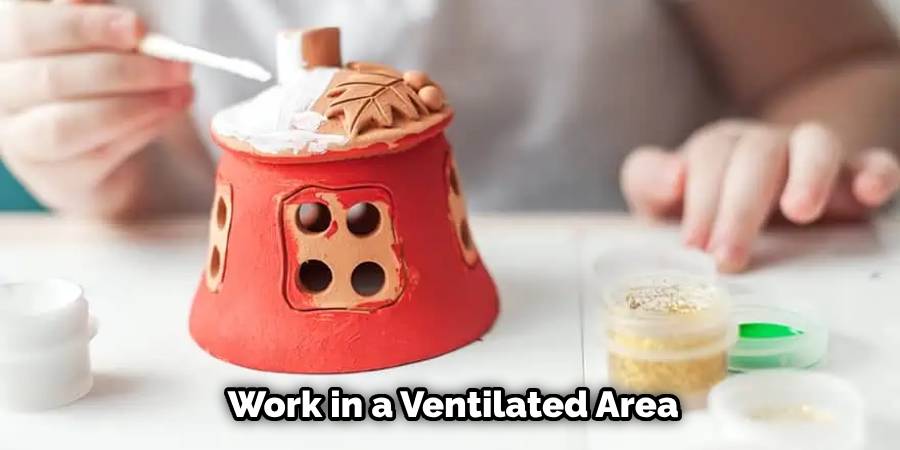
Use Protective Gear:
Wear gloves to minimize direct contact with uncured clay, especially if you have sensitive skin or allergies. Consider wearing a dust mask if you are sanding cured clay or working with powders and pigments.
Keep Workspaces Clean:
Regularly clean your work areas to prevent the accumulation of small clay pieces that could be accidentally ingested by children or pets. Use dedicated tools for clay work to avoid cross-contamination with food utensils.
Follow the Manufacturer’s Instructions:
Adhere strictly to the curing temperatures and times recommended by the clay manufacturer. Using a thermometer to monitor your oven’s temperature can help prevent overheating and potential toxic fume release.
Store Clay Properly:
Keep polymer clay in a cool, dry place out of direct sunlight. Proper storage not only prolongs the life of your clay but also prevents children and pets from accessing it unsupervised.
Dispose of Waste Responsibly:
Dispose of cured and uncured clay according to your local waste management regulations. Avoid disposing of large amounts of uncured clay in a way that could harm the environment or wildlife.
Alternatives to Traditional Polymer Clay
For crafters seeking alternatives to traditional polymer clay, several options cater to different preferences and crafting needs. Exploring these alternatives can open up new creative possibilities, offering materials that might better suit specific projects or personal health and environmental considerations:
Epoxy Clay:
A two-part clay consisting of a resin and a hardener, epoxy clay cures to a very hard finish without the need for baking, making it a versatile option for creating durable sculptures and jewelry. It can be shaped and molded similarly to polymer clay and adheres well to a variety of surfaces.
Soy-Based Clay:
This eco-friendly alternative is made from soy flour and natural ingredients, providing a non-toxic, safe option for children and adults alike. Soy-based clay is soft, easy to mold, and dries to a hard finish, making it suitable for a wide range of crafts.
Cold Porcelain Clay:
Often homemade with ingredients such as cornstarch and white glue, cold porcelain dries to a very smooth, porcelain-like finish at room temperature. It can be painted and sealed just like other clay types and is ideal for detailed figurines and decorative items.
Polyvinyl Chloride (PVC) Free Clay:
Some crafters seek out PVC-free clay due to concerns over potential health risks associated with PVC materials. These clays offer a similar texture and workability to traditional polymer clay but are made from alternative materials that are considered safer for both crafters and the environment.
Recycled Paper Clay:
Made from recycled paper products mixed with adhesives, paper clay is lightweight, easy to sculpt, and dries hard. It’s an excellent option for larger projects where weight might be a concern, and it contributes to reducing waste.
Conclusion
In conclusion, while polymer clay is generally considered safe for crafting, it’s important to be aware of potential risks and take appropriate precautions. By understanding the composition of polymer clay and following safety guidelines provided by manufacturers, you can minimize any potential health hazards associated with its use.
Remember to work in a well-ventilated area, avoid prolonged skin contact, and wash your hands thoroughly after handling polymer clay. Additionally, be cautious when baking polymer clay to ensure proper ventilation and avoid overheating. Hopefully, this article gave you some helpful tips about is polymer clay toxic successfully, so now that you have the proper knowledge on how to get the job done, why not give it a try today?
